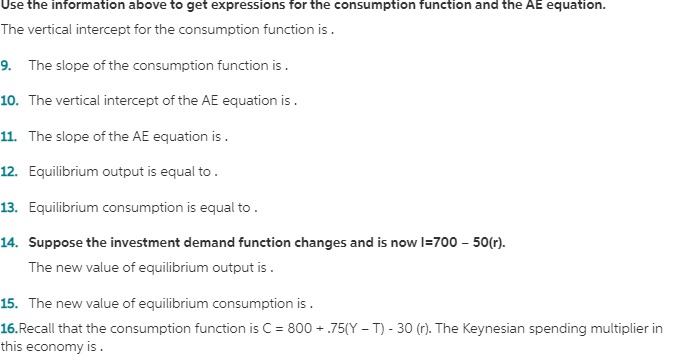

show step by step solutions to the following questions
Economics 302: Intermediate Microeconomics II Assignment 3 (Due in my office 3:00, Thursday March 10) 1. Consider two firms, 1 and 2, each producing an identical good simultaneously. This good has market demand given by the (inverse) demand function p = 10 - Y, where p is price, and Y = yi + 2 is market quantity. y, represents the amount produced by firm i. These firms have cost functions as follows: C, = cy, where c = c2 = 1. (60 pts) a) Solve algebraically for these firm's reaction functions, expressing each firm's optimal output level given some level of its competitor's output. b) Graph these reaction functions and show the equilibrium point. Include isoprofit contours through the equilibrium point for both firms. c) Solve algebraically for the equilibrium: Determine the equilibrium market price, as well as each firm's equilibrium quantity and profit. d) Is your answer to part c) the only equilibrium possible? Explain. 2. Take the same industry outlined in question 1 and imagine that firms choose prices rather than quantities. Consumers split themselves evenly across the firms if the firms set the same prices, otherwise all consumers shop at the lower-priced firm. Define a Nash equilibrium in prices pi and p2. Solve for the equilibrium and explain your work. (20 pts)Use the information above to get expressions for the consumption function and the AE equation. The vertical intercept for the consumption function is . 9. The slope of the consumption function is . 10. The vertical intercept of the AE equation is . 11. The slope of the AE equation is . 12. Equilibrium output is equal to . 13. Equilibrium consumption is equal to . 14. Suppose the investment demand function changes and is now |=700 - 50(r). The new value of equilibrium output is . 15. The new value of equilibrium consumption is . 16.Recall that the consumption function is C = 800 +.75(Y - T) - 30 (r). The Keynesian spending multiplier in this economy is .. Consider the following duopoly industry. Demand is given by p = a - 191', where p is price, and Y = y1 + y: is market quantity. y; represents the amount produced by rm i. The two firms have the same marginal cost equal to c. Assume a is large enough and there is no xed cost. (50 points) (1) In a Cournot model (two rms decide their output levels simultaneously and independently), solve each rm's Output quantity and prot, market price, and market quantity. (2) Now suppose two rms collude to decide their output levels together and split the market demand equally. Solve each rm's output quantity and prot, market price, and market quantity. (3) Now suppose two rms move sequentially and firm 1 is the leader (Stackelberg model). Solve each firm's output quantity and prot, market price, and market quantity. (4) Put your results 'om the previous three sub-questions in the following table. -_-__-\"\" Com ------ Collusion Stackelberg Model (5) Compare your results and explain. (Cournot vs. Collusion and Cournot vs. Stackelberg)











